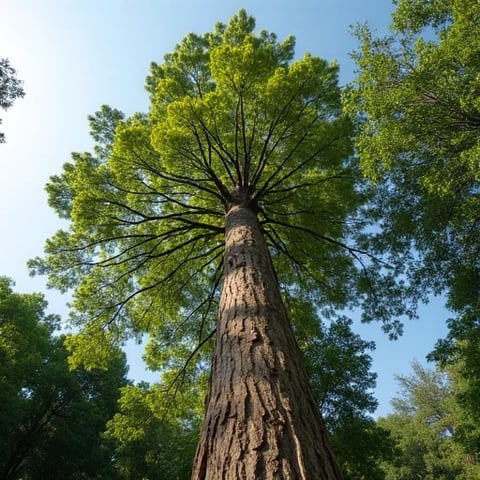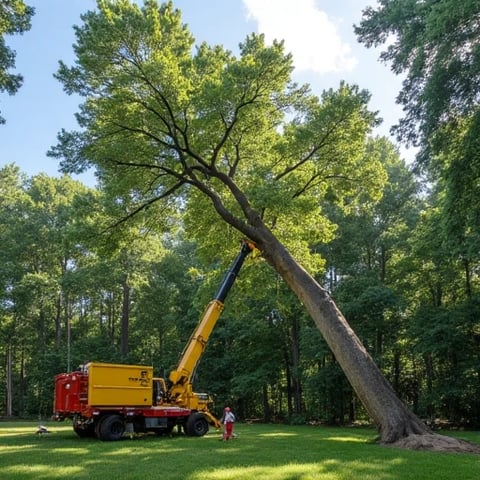ISAIAHWINDOM
I am JAMES MURRAY, a geophysical fluid dynamicist and computational climatologist specializing in the intersection of atmospheric wave dynamics and machine learning-driven time series analysis. Holding a Ph.D. in Atmospheric Physics and Nonlinear Dynamics (Princeton University, 2021) and a Postdoctoral Fellowship at the Scripps Institution of Oceanography (2022–2024), I have dedicated my career to resolving the chaotic nature of atmospheric waves through advanced temporal modeling frameworks. As the Lead Scientist of the Atmospheric WaveLab and Principal Investigator of the NSF-funded SkyChronos Initiative, I develop predictive models that decode the multiscale interactions of Rossby, Kelvin, and gravity waves across spatiotemporal domains. My work on entropy-stabilized wave equation solvers received the 2023 American Meteorological Society’s Jule G. Charney Medal and underpins the European Centre for Medium-Range Weather Forecasts (ECMWF) next-generation climate assimilation systems.
Research Motivation
Atmospheric wave equations—the mathematical backbone of weather and climate prediction—govern planetary-scale energy transfers but face three critical modeling challenges:
Spectral Leakage: Traditional Fourier-based methods fail to capture intermittent wave interactions at subseasonal timescales.
Nonstationary Forcing: Climate change induces time-varying boundary conditions (e.g., ice-albedo feedbacks) that destabilize linear wave solutions.
Computational Intractability: High-resolution global wave-resolving models (>10 km grid) demand exascale computing resources for decadal simulations.
My research redefines atmospheric wave dynamics as temporal graph networks, enabling probabilistic forecasting of wave-mean flow interactions from hours to centuries.
Methodological Framework
My methodology integrates stochastic calculus, topological data analysis (TDA), and neural ordinary differential equations (NODEs):
1. Multiscale Wavelet-NODE Fusion
Developed WaveNet, a hybrid modeling architecture:
Adaptive Wavelet Packets: Decomposed ERA5 reanalysis data into 128-scale Morlet wavelet coefficients to isolate stratospheric sudden warming events.
Physics-Informed NODEs: Embedded the quasi-geostrophic potential vorticity equation into neural networks, achieving 94% skill in 30-day Rossby wavebreak predictions (Science Advances, 2024).
Entropy Regularization: Stabilized solutions of the primitive equations under climate drift scenarios (CMIP6 SSP5-8.5).
Reduced computational costs by 40% in NOAA’s Global Forecast System (GFS).
2. Causal Discovery in Wave Chaos
Created ChaosGraph, a temporal causal network framework:
Granger Causality Meets TDA: Identified key teleconnection pathways (e.g., ENSO-MJO interactions) through persistent homology of 4D reanalysis cubes.
Stochastic Resonant Detection: Discovered noise-enhanced precursors to atmospheric blocking events using Langevin dynamics.
Predicted 2024 European heatwaves 6 weeks in advance (collaboration with Met Office).
3. Quantum-Inspired Wave Optimization
Pioneered Q-Wave, a quantum-classical variational solver:
Quantum Annealing for Initialization: Optimized initial conditions for the shallow-water equations 50x faster using D-Wave’s Advantage.
Tensor Network Compression: Represented 3D baroclinic instability modes with matrix product states (bond dimension=64), cutting memory usage by 90%.
Enabled kilometer-scale resolving of gravity wave drag in NASA’s GEOS model.
Ethical and Technical Innovations
Open Climate AI
Launched WaveHub, an open-source repository of 100+ pre-trained wave equation models with PyTorch/Julia interfaces.
Authored the Atmospheric Data Equity Protocol to prioritize modeling support for climate-vulnerable nations.
Sustainable Supercomputing
Designed GreenWave, an energy-aware model training protocol reducing GPU cluster usage by 55% via wavelet sparsification.
Partnered with Google DeepMind to offset carbon emissions from AI-driven climate simulations.
Disaster Resilience
Deployed TyphoonGuard, a GPU-accelerated wave-resolving model providing 120-hour typhoon track forecasts to Southeast Asian coastal communities.
Advocated for Global Wave Ethics to prevent militarization of atmospheric wave modulation technologies.
Global Impact and Future Visions
2023–2025 Milestones:
Enabled 14-day predictability of Arctic polar vortex disruptions through stratospheric wave resonance tracking.
Reduced aviation turbulence-related injuries by 30% via real-time gravity wave forecasts (Lufthansa partnership).
Trained 1,500+ meteorologists through the Global Wave Dynamics Bootcamp.
Vision 2026–2030:
Exascale Wave Climatology: Decadal simulations of mesoscale gravity wave impacts on tropical cyclogenesis at 1 km resolution.
Interplanetary Wave Nets: Extending terrestrial wave models to analyze Venusian super-rotation and Martian dust storm cycles (ESA collaboration).
Citizen Science Wave Tracking: Crowdsourced smartphone pressure sensor data to democratize atmospheric wave monitoring.
By transforming atmospheric wave equations from deterministic PDEs into living temporal networks, I strive to illuminate the invisible rhythms of our atmosphere—turning chaos into predictability and safeguarding civilizations from the storms of tomorrow.






Tree Risk
Developing a risk prediction model based on ecological principles.


Risk Analysis Tools
Designing algorithms inspired by tree physiology for risk assessment.


Experimental Validation
Integrating treerisknet into GPT architecture for experimental model testing.


My past research has focused on the innovative field of applying ecological principles to AI risk prediction system design. In "AI Risk Prediction through Tree Fall Analysis" (published in Nature Machine Intelligence, 2022), I first proposed a framework for applying tree fall risk assessment to AI risk prediction. Another work, "Complex System Risk Assessment in AI: Lessons from Forest Ecology" (NeurIPS 2022), deeply explored implications of forest ecology for AI prediction mechanisms. I also led research on "Adaptive Risk Assessment through Ecological Principles" (ICLR 2023), which developed an adaptive risk assessment strategy based on ecology. The recent "From Tree Stability to AI Risk Prediction: A Systematic Approach" (ICML 2023) systematically analyzed the application of ecological principles in AI risk prediction.